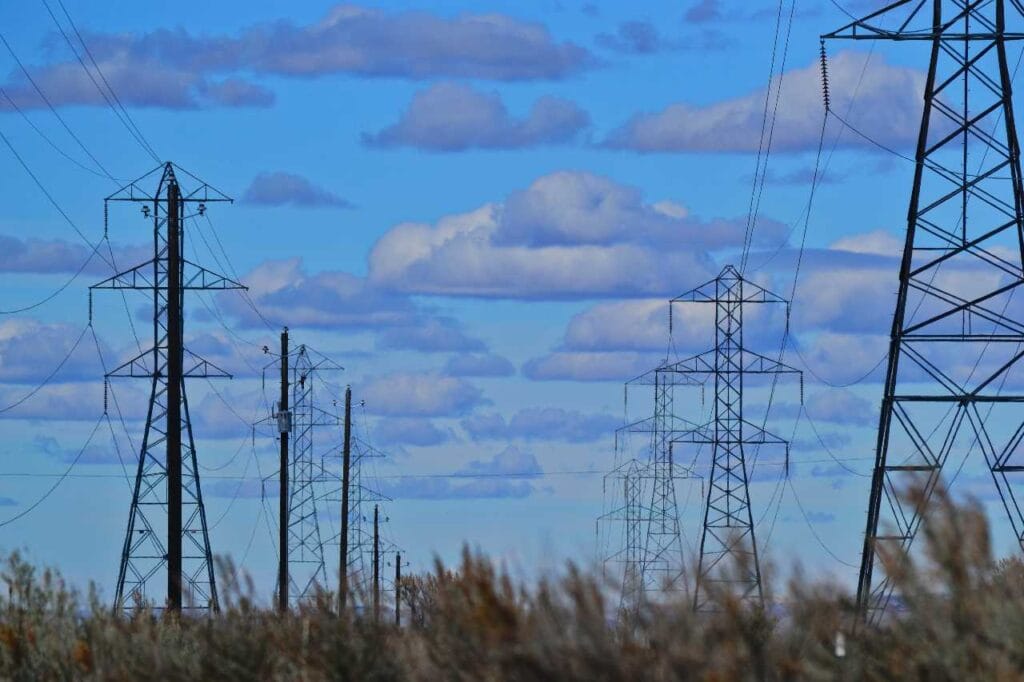Corporación Efinético analyzes the regulatory proposal on smart energy meters and presents recommendations that promote free competition and greater decision-making power for energy service users.
At the end of 2020, the CREG submitted for comments the regulatory proposal to regulate the general conditions of the service, the roles and responsibilities of the different actors that must interact properly for an adequate operation of the Advanced Metering Infrastructure and thus achieve the expected benefits thanks to the optimization of the network. optimization of the network.
Today’s technological advances allow us to collect and store a greater amount of information about the process of delivering energy (gas or electricity) to end users. This information is especially useful for improving the operation of the distribution network and for end users to make concrete decisions that allow better use of energy and optimize their costs.
The Ministry of Mines and Energy issued Resolution 40072 of 2018, modified by resolutions 40483 of 2019 and 40142 of 2020, with which mechanisms were adopted to implement the Advanced Metering Infrastructure (AMI), understood as the infrastructure that allows bidirectional communication with the users of the electric energy service, which integrates “hardware (advanced meters, measurement management centers, routers, concentrators, antennas, among others), software and architectures and communication networks that allow the operation of the infrastructure and the management of data from the electric power distribution system and measurement systems”.
In accordance with the provisions of these administrative acts, the advanced metering infrastructure pursues the following objectives:
– Facilitating energy efficiency schemes, demand response, and
hourly pricing models and/or tariff baskets.
– Enable the incorporation of self-generation, storage, distributed generation and electric vehicle technologies, among others, into electricity systems. As well as the promotion of renewable energies.
– Improve service quality through monitoring and control of distribution systems.
– Boosting competition in energy retailing
and generate new business models and services.
– Manage the reduction of technical and non-technical losses.
– Promote cost efficiency in the provision of energy services.
and facilitate the achievement of efficient loss levels.
Likewise, the new energy meters will be installed at no cost to users.
What can be the benefits of having smart energy meters?
In general, there are two main beneficiaries: grid operators or energy distributors and end users.
Benefits of the Network Operator (RO) or distribution company.

Having information on the technical operating conditions of the network, at each of the final delivery points in the energy meter, is very useful for proper operation of the assets and improve the quality of service.
Some of the benefits are:
- Reduction of losses, by being able to build energy balances by infrastructure, you can easily determine where the technical and non-technical losses (thefts) of the distribution network are.
- Asset management. By controlling asset usage and operating activities, more effective maintenance can be performed.
- Reduced infrastructureoperation and maintenancecosts.

Benefits for customers:
One of the main changes for users is that it increases the resources to manage energy consumptions, while allowing the delivery of surplus energy to the grid, when it self-generates its own energy.
- It simplifies the mechanisms for connection and delivery of surplus energy produced by small-scale users.
- Sale of energy credits resulting from the delivery of surplus energy to the distribution network.
- Demand response, understood as the ability to raise or lower your consumption or your hours of consumption for a preferential rate or a payment for reduced consumption.
- Continuous monitoring of energy consumption and production.
Some comments submitted to the CREG on the regulatory proposal
With the aim of contributing to the discussion, we would like to draw the attention of the CREG and the control bodies to some of the aspects that we consider important to take into account when issuing the final resolutions on the implementation of the advanced metering infrastructure.
The network operator will be responsible for the implementation of AMI investments.
We are concerned that this decision gives the RO a special power to collect and control commercial consumption information from all customers and marketers located in its area of influence. This would not be a concern if the RB were not also a marketer. In this case, we propose that the CREG establish maximum limitations for the participation of the RB in the commercialization activity.
“The Network Operator already has a monopoly on the distribution network and will now have a monopoly on information on customers, consumption and marketers”.
Proposal Evaluation Report
We find impractical and inefficient the proposal to create a figure of a third party called Independent Data and Information Manager (IDIM) that integrates all national information and is responsible for providing access to it and promoting competition:
- He is a manager without Nails. The GIDI will not have autonomy to define equipment, data models, nor solutions in general, it will depend on the information and the way the RO transfers the information to it.
- Conflicts of interest. Its main function is to promote competition to its main supplier (the RO).
- It has no power to manage its objectives.
Implementation of AMI for natural gas
We see that the CREG has ruled out the simultaneous implementation of AMI for the natural gas market, which is a decision that harms the efficiency of the market in the next 10 years (average time that a regulatory framework for gas in Colombia lasts). The technical conditions are in place, smart metering is both possible and beneficial for natural gas market efficiencies.
Request to include consumption cut-off or restriction devices in AMI, for user management.
Given that one of the purposes of the AMI is to generate an adequate demand response, we consider that within the devices included in the AMI should be included shutdown devices (cut-off) or restriction of energy delivery, to which the user must have access remotely (online) to turn on or pay; or control the maximum flows of energy per hour.
Access to information through WEB services
Digital technology today allows us to automate almost all processes, for this only requires connections to the various information systems through WEB services or API REST services. With them, users can automate all energy consumption decisions.
[vc_row fullwidth="yes" background_color="#323436"][vc_column width="1/2"][vc_column_text]<span style-"color: #ffffff;">
</span>[/vc_column_text][/vc_column][vc_column width="1/2"][separator type="small-break" margin_top="60"][vc_single_image image="12842" img_size="full" alignment="center"][/vc_column][/vc_row]